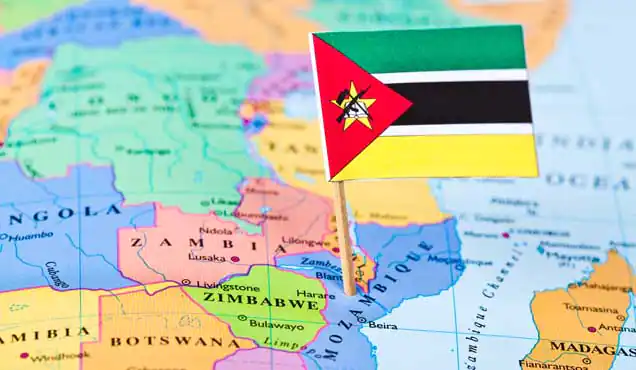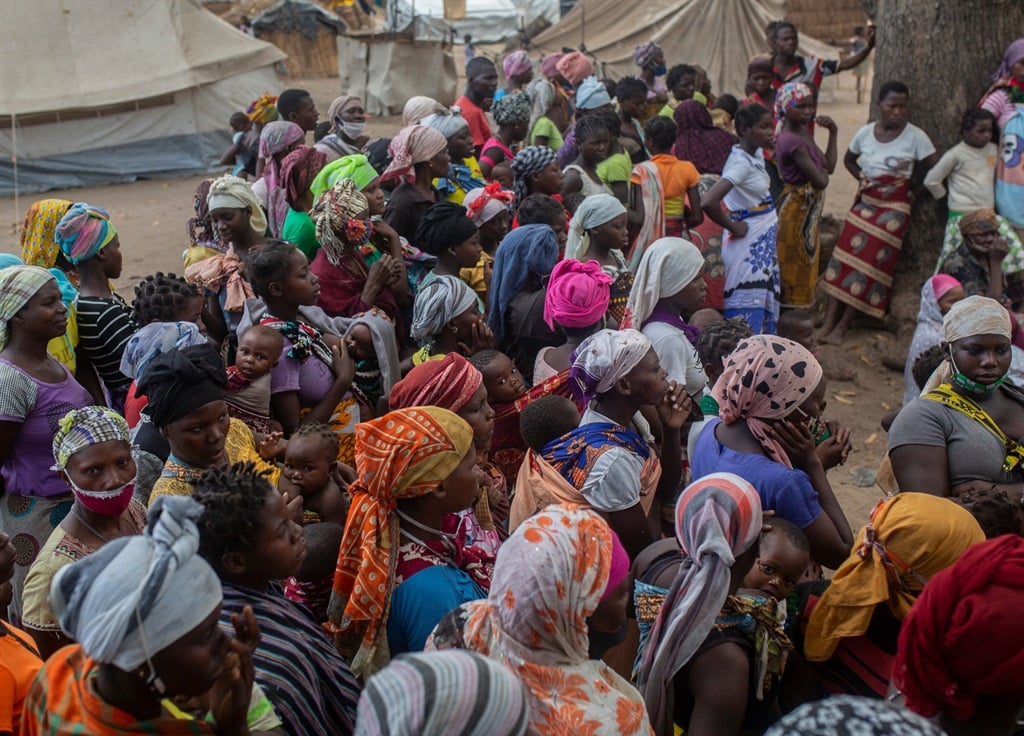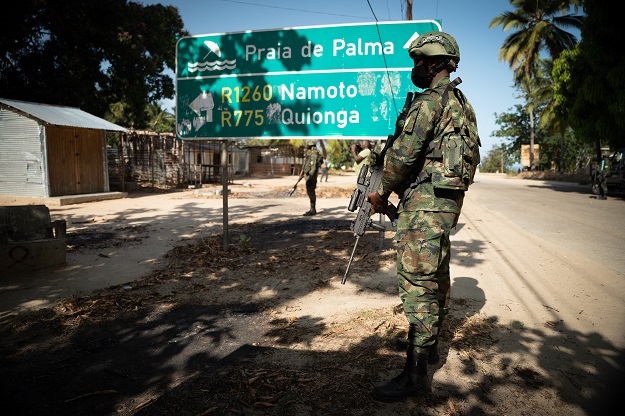Behind the Insurgency in Mozambique

Hawalas are used to channel money to insurgents and there's a need for monitoring of informal money channels.
Local communities donate to insurgents for protection, as well as for support because they feel their communities are marginalised by the central government.
There's an ad-hoc relationship between criminal syndicates dealing in ivory, drugs, and human trafficking with terror groups.
Behind gunfire, rape, kidnappings, destruction of public infrastructure, and a man-made hunger crisis in Cabo Delgado there are key drivers that should be dealt with if lasting peace is to be achieved in the insurgent-hit Mozambican province.
In a question and answer session with News24, Jaynisha Patel, a peace, human security, and inclusive development researcher at The Institute for Justice and Reconciliation (IJR) talks about these factors. Her responses have been slightly edited for clarity.
What are Hawala Networks and how do they advantage the Ahlu-Sunna Wa-Jama'a (ASWJ)?
Hawala is an ancient informal money-transfer system that doesn't require any physical transfer of cash. The relationships between the hawaladars (money lenders) and clients is underpinned by trust and honour, while the money transferred is password protected and conveyed using codes that change often.
Hawaladars are integrated into local communities, building social bonds with families that often become intergenerational. Given their informal and fluid nature, the true size of a hawala network in any given country is usually unknown.
These networks are vital for the flow of remittances, and aid underdeveloped communities. The system is unregulated, discrete, and its accessible nature makes it attractive for illegitimate use.
In a closed-door IJR briefing with various stakeholders in November 2020, the issue of hawala networks and money remittance such as M-PESA was raised as a possible means of terrorist financing in Mozambique.
What role does illicit trade in wildlife, natural resources, narcotics, and human trafficking play in funding terrorist operations in Mozambique?
While the direct links between the illicit trafficking economy in northern Mozambique and ASWJ are weak, there has been evidence of indirect benefits for ASWJ operations in areas where the illicit trade is entrenched.

When the insurgency first started, research showed that the links between the ASWJ and criminal networks were ad-hoc and opportunistic. In addition, traffickers targetted banks and humanitarian supplies, suggesting theft was a means of financing their activities.
It is, therefore, highly likely that the corrupt environment and poor governance systems not only facilitated the flow of illicit trade, but also provided a fertile recruitment ground for extremists. Organised crime and corruption have spread resentment among the local population, leading to a lack of trust in the government, and providing incentives for the local population to join the ASWJ as an alternative means of income generation.
You say most of Mozambique's economy is informal. How does it help fund ASWJ?
The informality of the economy is characterised by low levels of regulation while being largely cash-based. A source in the anti-money laundering (AML) sector notes that, alongside the movement of licit, illicit goods, and other commodities, is a considerable amount of physical cash passing between middlemen, making it hard to trace.
This is useful to the ASWJ as cash can flow into and out of the group with little risk of being detected. In addition, research suggests that small- to medium-sized businesses, mainly concentrated in Nampula and Cabo Delgado, may fund the insurgency by paying donations to an unknown group.
The existence of Hawala networks, usually most established in areas where formal banking is inaccessible, also creates a grey area for the ASWJ to exploit.
How do insurgents recruit youths into their movement and what are the youth's reasons for joining?
Youth in Cabo Delgado most often cite economic realities as drivers of extremism in the area. This is largely owing to the high prevalence of unemployment among the youth.
slide 1 of 1

In some instances, youth noted that unemployment not only perpetuates cycles of poverty and deprivation, but also leaves many young people feeling frustrated and more willing to take radical action that they believe might improve their circumstances.
The Covid-19 pandemic has also deepened the economic grievances in Cabo Delgado. With restrictions on economic activity to help prevent the spread of the virus, income-earning opportunities are further limited.
The ASWJ uses feelings like these to draw young people in, promising an income, a better life, and the opportunity to change the status quo. Hunger is also a pertinent issue among youth.
The ASWJ has used this as a recruitment tactic. One participant from Pemba said that the ASWJ used promises of food and money to entice young people into mosques where manipulated religious messages were being preached.
Public resources (or national wealth) are not evenly distributed. In Mozambique, the southern region, Maputo City in particular, is the most developed compared to the central and northern regions. This has led to the perception that the southern region benefits from resources in the north, without developing the area that these resources come from.

This aligns with reports that former President Armando Guebuza facilitated an uptick in elite self-enrichment and sidelined technocrats to make way for Mozambique Liberation Front (FRELIMO) military figures to take public office.
This was largely intended to ensure that the gains of the illicit economy remained within the patrimonial networks of the ruling party, but at the expense of creating grievances among locals.
How about politics and governance as a driver?
Grievances with the state is another often-cited driver of extremism. Cabo Delgado is home to ethnic minorities who have long felt alienated from the state and feel slighted by the unequal dispensation of public wealth, with most of it allocated to southern regions of Mozambique.
A small, but well-connected elite, in Cabo Delgado have positioned themselves to capture what national wealth does make its way up north, including gains from the emerging liquid natural gas sector and illicit trade.
The unfair nature of the Mozambican political economy has created yet another loophole for extremists to exploit. Important also is that the nature of the political economy cannot be divorced from the unequal dispensation of national wealth, services, and opportunities, which creates scarcity and resentment among youth in the area.
Then there's the issue of poor governance that also weakens national unity. Youths note that corruption is at the heart of their grievances with the state, with one participant calling it a, "... beast with seven heads".
Some of the "beast's heads" described in a focus group include the irregular appointment of public administration officials who get their positions through patronage rather than merit, the military seeking resource rents from the insurgents, and the general acceptance of bribes.
SOURCE
